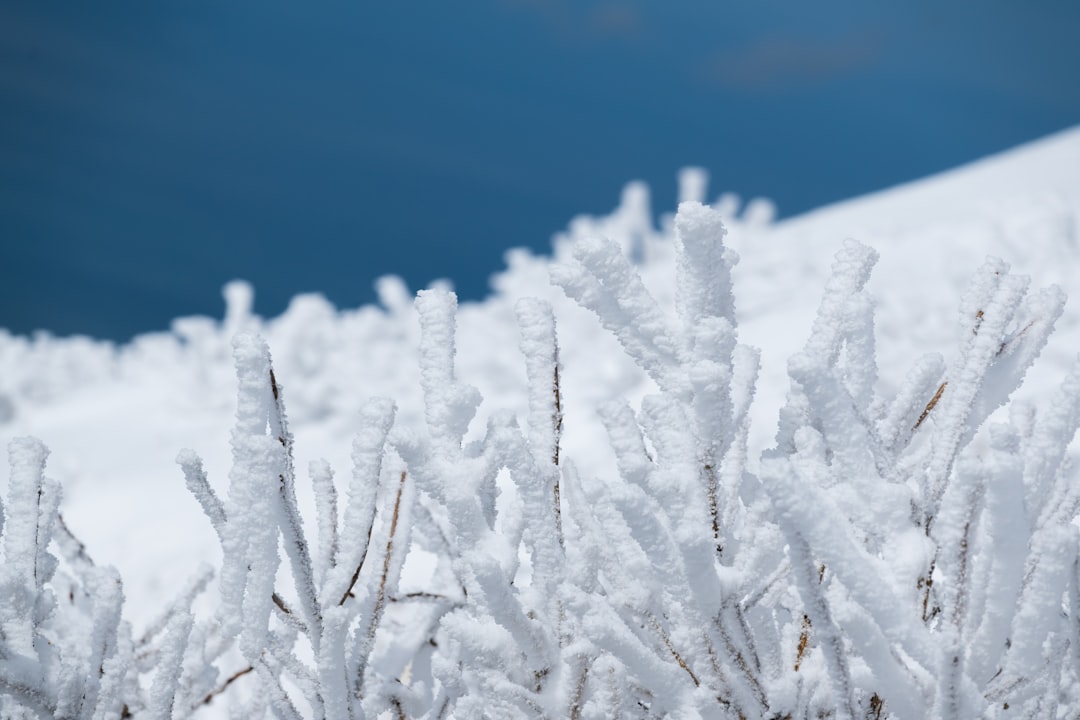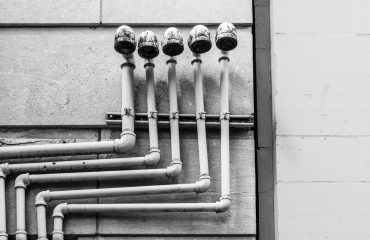Winter’s harsh conditions can wreak havoc on building materials. Freezing temperatures, snow, ice, and de-icing salts pose significant challenges to the longevity and structural integrity of various components. However, galvanized steel, with its protective zinc coating, offers exceptional performance in cold climates, making it a popular choice for a wide range of applications. This post delves into the specifics of galvanized product performance in freezing conditions, exploring its strengths and limitations.
Unwavering Corrosion Resistance in Freezing Temperatures
One of the primary advantages of galvanized steel is its superior corrosion resistance. The zinc coating acts as a sacrificial anode, protecting the underlying steel from rust and degradation. Even in cold, damp environments where moisture can accelerate corrosion, the zinc layer continues to provide effective protection. The process of corrosion itself slows down in colder temperatures, but the galvanized coating remains a crucial barrier, preventing the ingress of moisture and oxygen that are essential for rust formation. This is especially important in cold climates where snow and ice melt, creating periods of wetness followed by freezing, a cycle that can accelerate corrosion in unprotected steel.
The Impact of Snow and Ice Removal on Galvanized Steel
Snow and ice removal practices can inadvertently damage building materials. The use of abrasive tools, scrapers, or de-icing chemicals can scratch or erode the surface, potentially exposing the underlying steel to corrosion. While galvanized steel is more resistant to this damage than unprotected steel, it’s still crucial to employ careful snow and ice removal techniques. Using softer tools, avoiding excessive force, and opting for less corrosive de-icing agents can help prolong the lifespan of galvanized products. Regular inspection for any signs of damage and prompt repair or replacement of affected areas is also recommended.
Addressing Thermal Bridging in Cold Climates
Thermal bridging occurs when heat escapes from a building through conductive materials, leading to energy loss and potential issues with condensation. Galvanized steel, while possessing good strength and durability, is a relatively good conductor of heat. This can be a concern in cold climates, particularly in applications like roofing or wall cladding. To mitigate this, proper insulation techniques are crucial. Using appropriate insulation materials and ensuring proper installation to minimize gaps and air infiltration can significantly reduce thermal bridging and improve the overall energy efficiency of the building.
Galvanized Steel’s Performance in Different Cold Climate Applications
The performance of galvanized steel varies slightly depending on the specific application. For example, galvanized roofing sheets perform exceptionally well in snowy climates, providing robust protection against the elements while requiring minimal maintenance. Galvanized steel used in fencing or railings also demonstrates excellent durability, even in icy conditions, provided proper installation and maintenance are followed. However, in applications where the steel is constantly exposed to harsh de-icing chemicals, more frequent inspections and potential protective coatings may be required to ensure long-term performance.
Maintenance and Longevity of Galvanized Products in Cold Climates
While galvanized steel is inherently durable, regular maintenance can significantly extend its lifespan in cold climates. This includes regular inspections for any signs of damage, such as scratches, dents, or corrosion. Prompt repairs are crucial to prevent the spread of damage. Additionally, choosing high-quality galvanized products with a thicker zinc coating will offer enhanced protection against the elements. Regular cleaning to remove accumulated snow, ice, and debris can also prevent potential damage from moisture and corrosive substances. In areas with heavy snowfall or aggressive de-icing practices, consider applying a protective coating over the galvanized steel for added durability.
In conclusion, galvanized steel offers excellent performance in cold climates due to its inherent corrosion resistance and robust nature. While understanding the potential challenges posed by snow, ice, and de-icing chemicals is crucial, proper installation, maintenance, and consideration of thermal bridging can ensure the long-term durability and effectiveness of galvanized products in even the harshest winter conditions.
SEO Tags:
- galvanized steel
- cold climate performance
- corrosion resistance
- winter weather protection
- galvanized roofing




